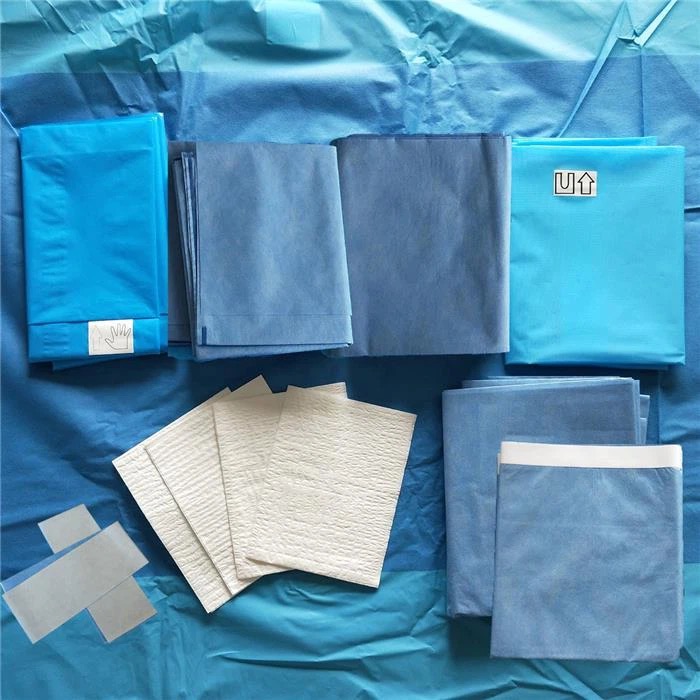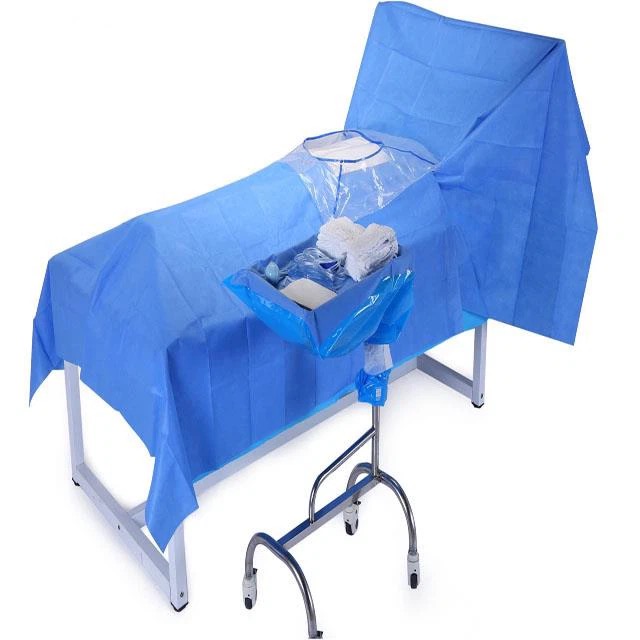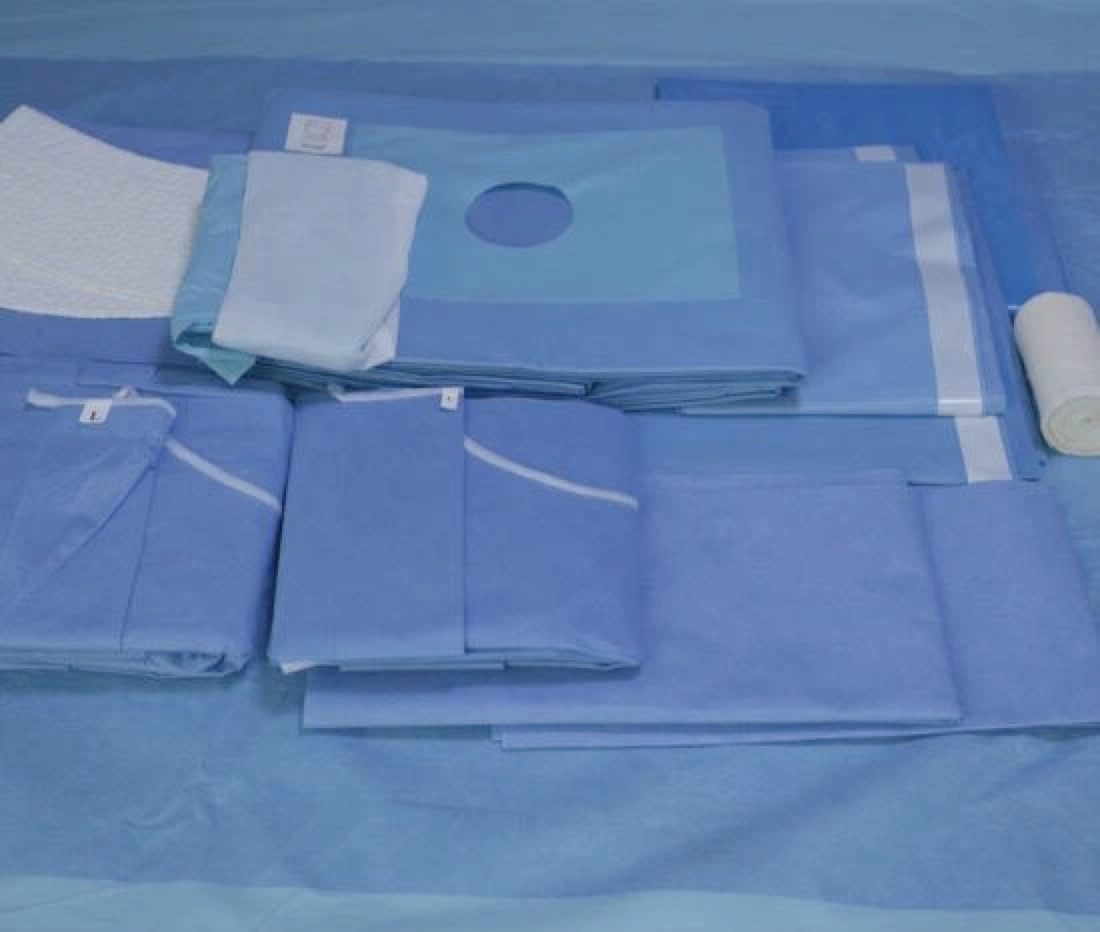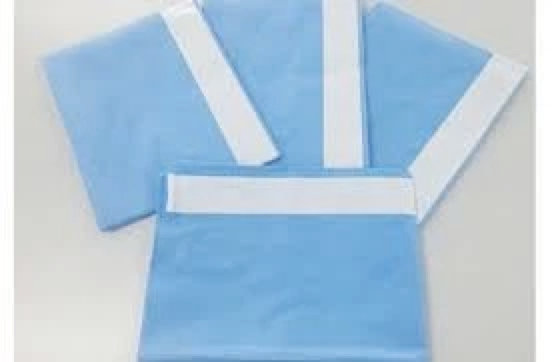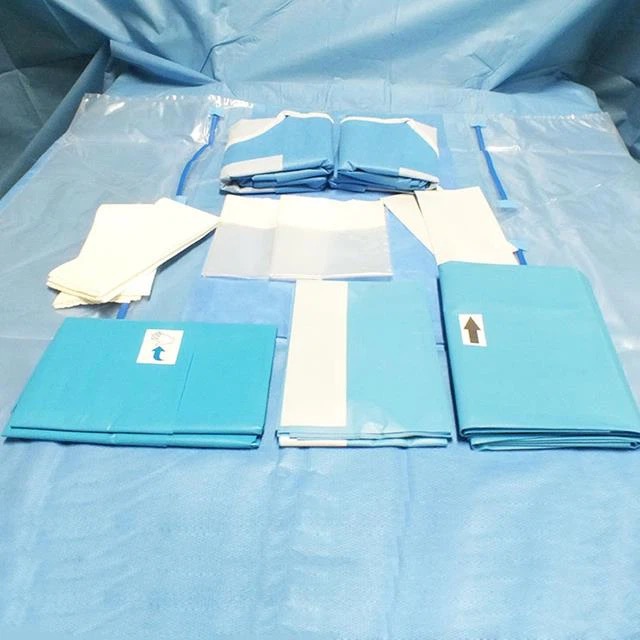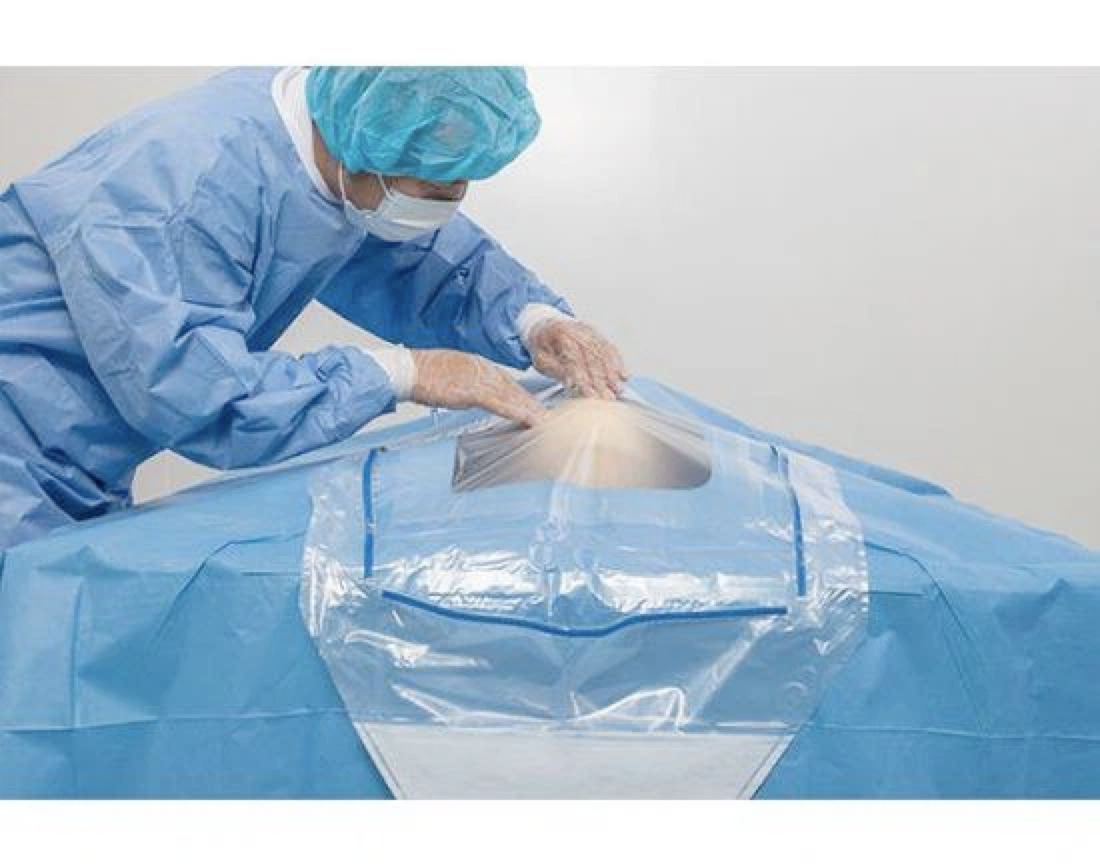Family members wait anxiously outside the operating theatre as the mother is wheeled into the theatre.
Not long after, the baby cried loudly from the operating theatre and everyone breathed a sigh of relief.
The door to the operating theatre opens and the nurse, with a smile on her face, informs the mother/child that she is safe and everyone is smiling.
As for what happened inside the gate.
It's hard for the people involved to tell (after all, they're under anaesthesia);
The people outside were quite mystified
and have naive and rough guesses:
Cut open the belly ➙ take the baby ➙ sew the belly.
Curious babies.
Today I'm going to do something big.
Unravelling the mystery of C-section!
Cesarean section, also known as Caesarean section, is a surgical procedure that involves removing the foetus and its appendages through a caesarean section, cutting open the uterus.
The process of a C-section is far more complex and precise than one might think - several layers of the stomach alone have to be cut open. It's not the easy, hassle-free three-step process that most people think it is. There are many risks involved, and it takes a team of healthcare professionals working together to minimise them.
Indications for C-section:
Abnormal foetal position (foetal head in high straight back position, anterior uneven tilt position, frontal exposure and chin back position);
Absolute pelvic stenosis or oversized foetus;
Obvious cephalopelvic disproportion;
Shoulder/buttock preexisting (especially foot preexisting);
central placenta previa;
Pathological contraction of the ring or uterine rupture with preeclampsia in the case of abnormal labour;
Fetal distress with incomplete opening of the uterus and fetal head position above the ≤+2 level.
Below, watch the whole process of cesarean section together with the illustration.
This is the legendary operating theatre
After the woman enters the operating theatre, she begins the meticulous pre-operative preparations. The nurses in the operating theatre check intravenous access, insert a urinary catheter, prepare surgical supplies, and write up the newborn's case.
Intravenous access ensures intraoperative rehydration and medication administration, and a urinary catheter is left in place to prevent accidental bladder injuries during the operation, so that the next step of the operation can begin once the preparations are complete.
Anaesthesia
Subarachnoid-epidural anaesthesia and general anaesthesia are the most common anaesthesia methods for caesarean section, with the former being the most common choice. The anaesthesiologist will explain the advantages and disadvantages of each type of anaesthesia during the informed consent for anaesthesia before the operation, and guide the choice of anaesthesia according to the specific situation of each mother.
Warm tips: painless, playing anaesthesia pain and tie the retention of the needle is almost the same, and before playing will first play local anaesthesia, baby mothers do not be scared by the photo of the needle Oh, as long as the good cooperation, very soon to play, the operation process will not feel the pain.
Disinfect, spread towel, disinfect the skin again, cut skin
Cesarean section is a cut to pull open the skin to take out the baby? No, no, rough.
The truth is: the epidermis is gently cut, then the subcutaneous fat, rectus abdominis sheath, rectus abdominis muscle and peritoneum are separated in turn. The incision is also determined by the doctor after a precise assessment based on the size of the baby.
After entering the abdomen and washing hands with saline, a transverse incision was made in the lower part of the uterus, the baby's head was seen, the baby was removed and the baby was born.
After taking out the baby lying on the mother's chest, delayed cutting the umbilical cord, after cutting the umbilical cord, the newborn will be placed on the radiation table by the delivery nurse for warmth, drying, umbilical cord treatment, the mouth has amniotic fluid in time to suction clean, special circumstances of the person according to the specific circumstances of the choice of neonatal resuscitation A, B, C, D programme.
Bao mama heard the baby's first cry began, the little baby to everyone to report.
The little baby has officially reported to the world!
After the delivery of the foetus, the placenta is removed and the uterine cavity is wiped with dry gauze before suturing begins. The incision is closed with 0# absorbable thread in layers from the inside out. At this point, there is still a risk of bleeding, so the doctor will observe the bleeding while sewing and stop the bleeding in time to ensure the safety of the mother.
After suturing, the doctor will cover the wound with a wound dressing to prevent infection.
After the operation, the mother and baby will be escorted out of the operating theatre together.
If an ordinary person has no major illness in his or her life, he or she may never know what it is like to lie on the operating table and have his or her body cut open and stitched up again, but this process is what every C-section mother has to go through.
